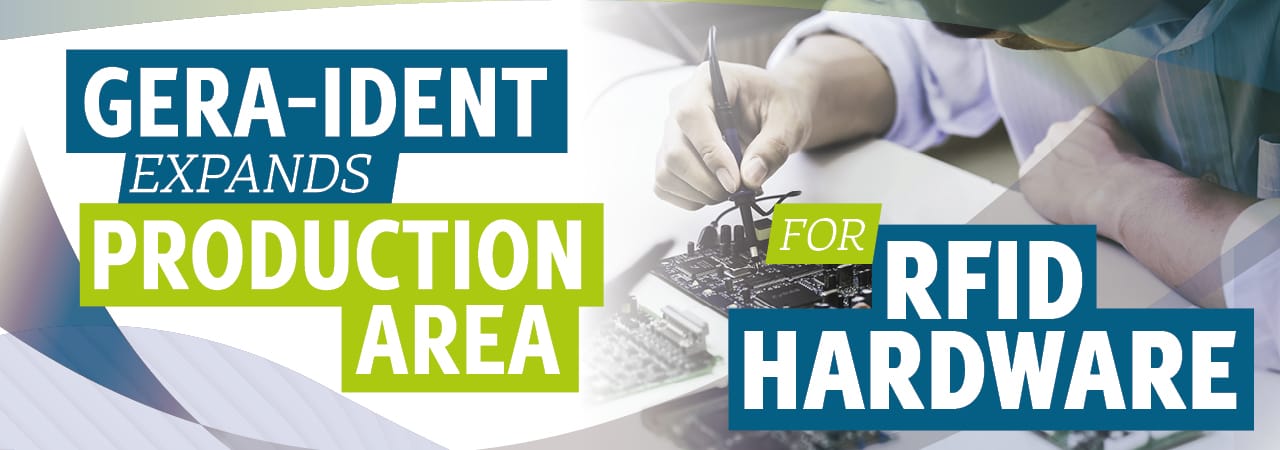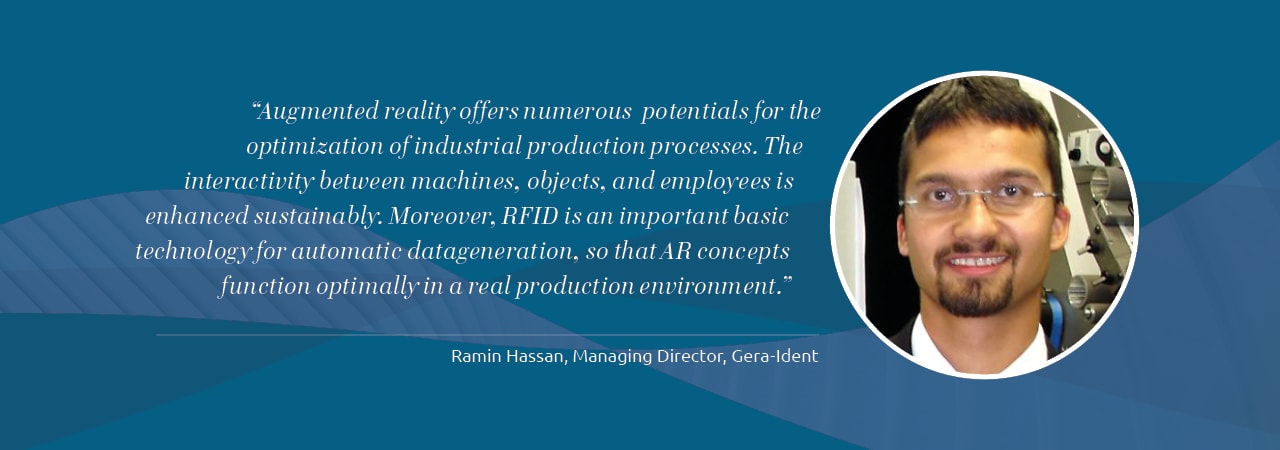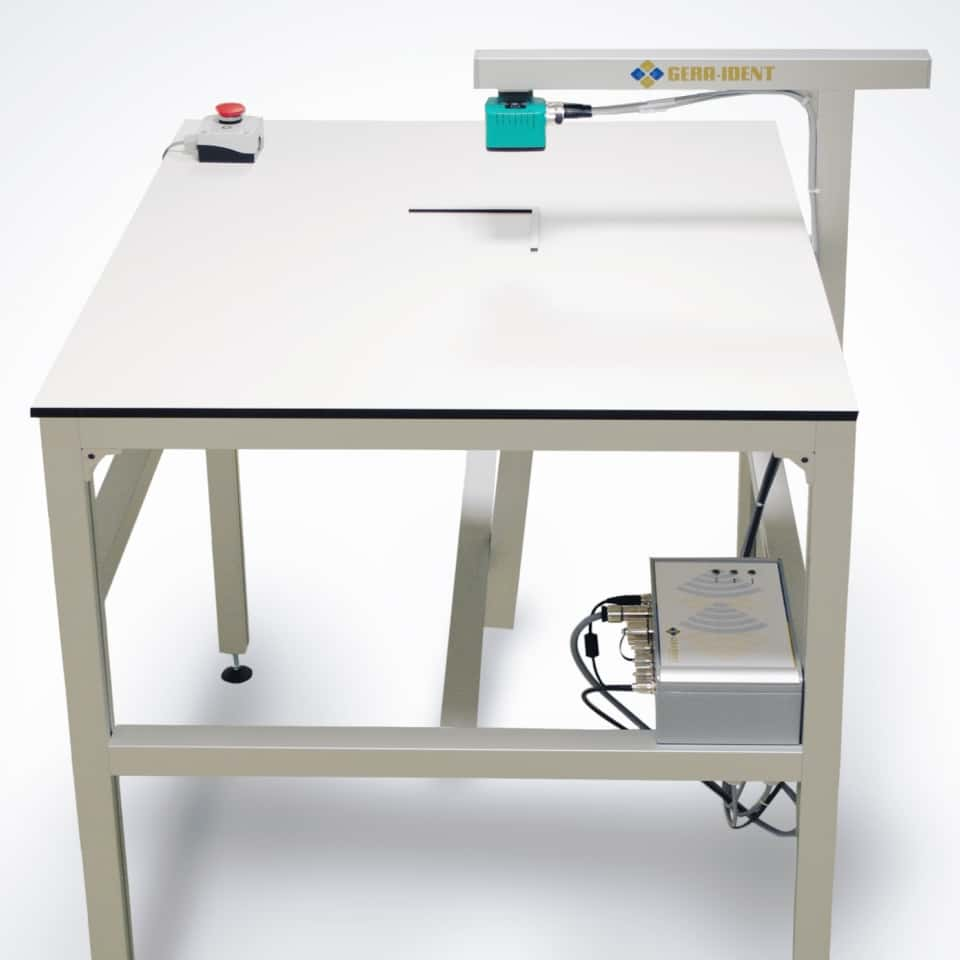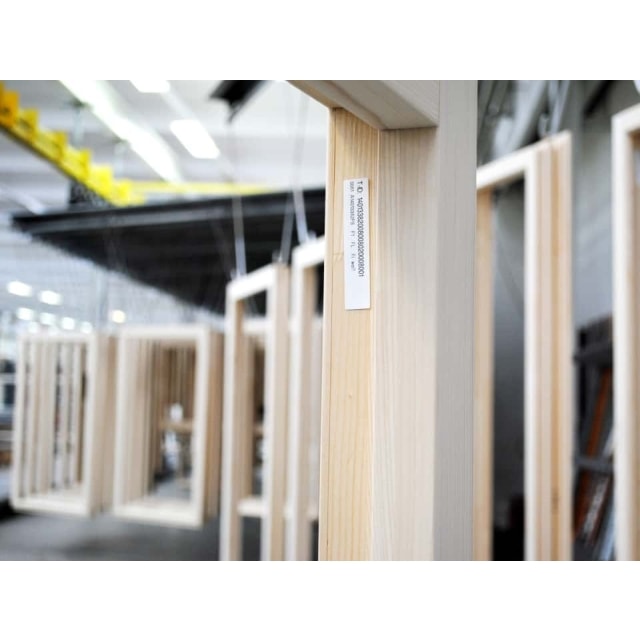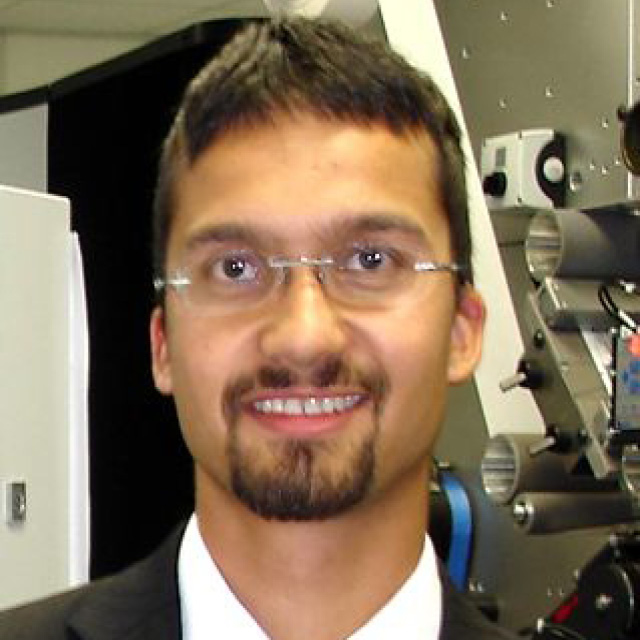Gera-Ident Expands Production Area for RFID Hardware!
The demand for the construction of customer-specific ID points and their basic components like RFID readers and antennas is constantly increasing. Therefore, the AutoID company has significantly expanded its production.
GERA-IDENT strengthened the development of IoT products and systems for customers, but also in cooperation with universities and R&D institutions. To meet increasing requirements, the design competences were expanded with new software while the electronics sector was expanded with new production and testing possibilities, along with an internal prototype production. The assembly area was upgraded and now has more space and technology.
“Apart from being able to run our production completely and permanently from Germany, we are thus laying the foundation for our future in IoT," emphasizes Ramin Hassan, Managing Director, Gera-Ident, in an interview with RFID & Wireless IoT Global.
Interview
Mr. Hassan, where do you see the main application fields for RFID technology in the scope of digital transformation processes?
RFID is a key element in creating a smart object. This has been the central question since the first digitalization efforts: How do we create smart objects? And subsequent: How can smart objects be used to optimize processes? RFID enables the identification of things at the individual item level. Objects can receive information from running processes.
A major advantage: Objects can also generate data themselves during the manufacturing process and make longer just mere capture points, but have intelligence them selves. In addition to the transponders located directly on or in objects, the readers have an important function.
In Industry 4.0, readers are no longer just mere capture points, but have intelligence themselves. If, for example, sensor tags or tags with larger memory are used, data can be analyzed and processed there. This development towards edge computing is becoming an integral component of decentralized, digital transformation.
Which products and new product developments does Gera-Ident offer for digital processes in 2020?
Classic labels and tags from our standard portfolio and their application, along with customized development will remain as the basis. These will continue to be used in numerous applications for conventional identification. In 2020, sensor transponders, temperature loggers, humidity meters, but also other sensors on which we are currently working in customer projects will go beyond the standard.
A second technology that is increasingly in demand is dual frequency transponders. The combination of UHF and NFC closes the gap between B2B and B2C processes, especially in the consumer goods environment. Production, logistics, and customer interaction are equally supported. Another product development for an industrial are sensor transponders for measuring the resistance in ESD area. Evaluating the data measured makes it possible to subsequently enable or stop further processes.
In the field of decentralized data provision, larger memories directly on objects are becoming increasingly important. We also develop customer-specific solutions in this environment.
With which services does Gera-Ident support customers in the digital transformation?
With our solutions we support customers in realizing digitization applications. With powerful RFID products – also in combination with other AutoID technologies or sensor integration – we create new options for generating biographies over the entire life cycle of objects. However, this is not only in the sense of the 'old' Industry 4.0 approach to create greater transparency.
Instead, smart objects should and can collect and pass on data – completely independent of whether the objects communicate with production machines or end customers. In connection with sensor technology and edge computing, completely new potentials also open up.
Keyword: Combination of RFID with other wireless technologies? How do you assess the coexistence?
Different wireless IoT technologies are known, tested, and their combination makes it possible to ensure data redundancy, for example. If one technology malfunctions, the data is still accessible via the second technology thus minimizing the risk of a chip failure or a damaged optical code. If, for example, RFID and barcode are combined in the simplest of cases, the flexibility of data acquisition automatically increases.
RFID readers can be used in the same way as barcode scanners or smartphones. Identification chains become more consistent the higher the capture flexibility. Besides creating data redundancy, the combination of different technologies also leads to more flexibility in the IoT application. Each technology can play out its strengths and compensate for its weaknesses.
What role does 'artificial intelligence' play in combination with RFID technology?
Artificial intelligence is an absolute hot topic in digital transformation. The application potentials remain rather abstract in many areas. However, it is precisely at this point that RFID takes on a specific role. These technologies are stored on objects via RFID and sensor systems, and on transponders, making them an ideal basis for AI applications.
RFID, driven by AI developments, can consolidate the interface position between the digital and physical world.
IntWash: International Research for the Digitalization of the Laundry Industry
Gera-Ident contributes expertise on the topic “Future of RFID” to an international research project
Will laundries be controlled fullyautomatically by artificial intelligence of the future? This is one of the key questions in the research project “IntWash”, in which Gera-Ident is involved as a project partner. The abstract main question raises numerous other questions. For example: “What key role does RFID play in the digitalization of laundry processes?”
For this part of the research, employees of Gera-Ident are represented as RFID experts in the research network headed by Hohenstein, a testing service provider and research partner along the entire textile value chain. Gera-Ident is responsible for the research focus on how RFID can be used in the best possible way in the complete laundry supply chain.
Webcasts, Publications, and Consulting Services
The project findings are supposed to support the digitalization of the textile value added chain via workshops, webcasts, and publications. In parallel, the project findings can be used to improve environmental protection and work safety.
Knowledge Platform for Laundries
One objective of the project is the realization of an internet platform as a knowledge portal, on which the acquired know-how will be bundled. Best practice approaches for the introduction of Industry 4.0 concepts will be collected and presented. By cooperating with the American laundry industry, the platform is intended to promote an international approach to solutions.
Digital Working World at Laundries
Gera-Ident contributes cross-sector experience from process automation in various industries. Already defined integrations can be transferred completely or only partially to the laundry sector. One question is how employees can be involved in the best possible way on the path of digital transformation. Manual activities will continue to be in demand – even if in a changed environment.
Use of RFID in Laundry
Gera-Ident does not focus on individual products in the project. Instead, the use of RFID in the entire value-added chain between laundries, suppliers and customers will be considered and examined. The experts at Gera-Ident describe the advantages and obstacles when RFID is to be integrated and define the challenges that cannot be solved without further development efforts. Bridge solutions are shown and interfaces to other technologies are described.
The objective is to precisely map all aspects of RFID deployment in the complete, cross-user supply chain.

